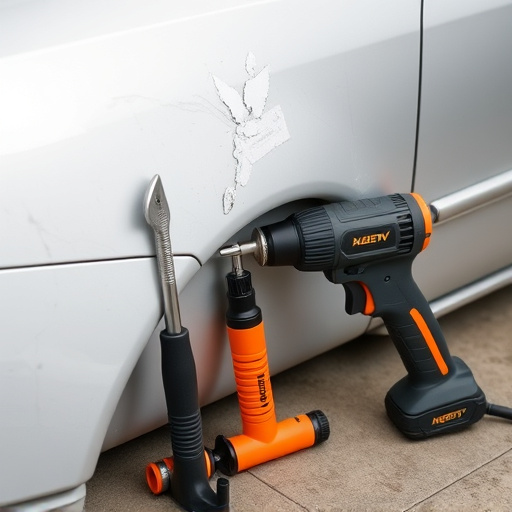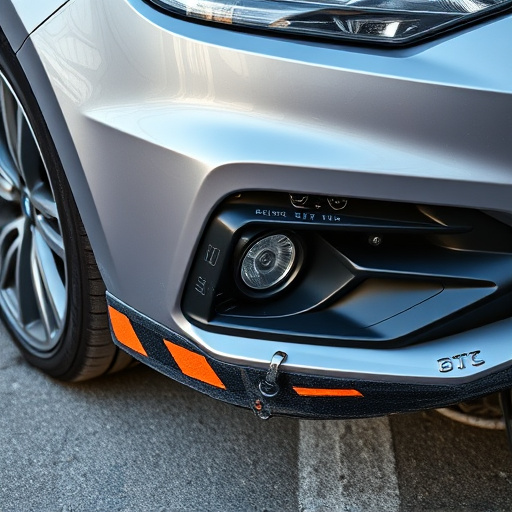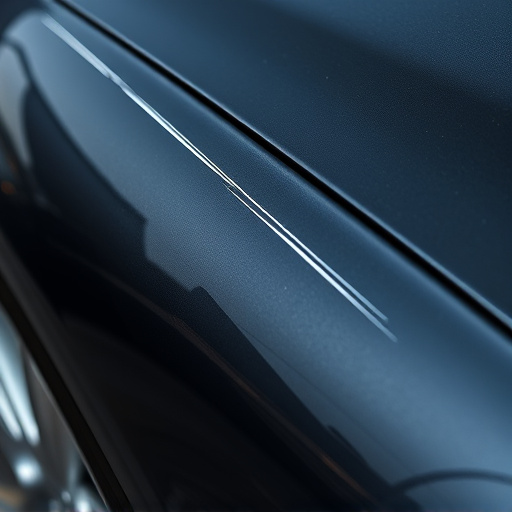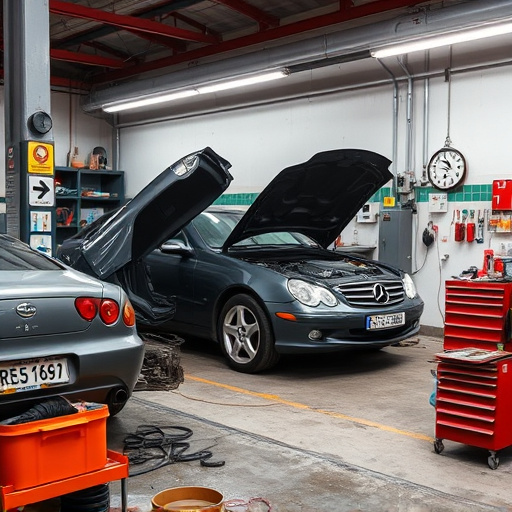Documenting pre-repair conditions is essential for preserving vehicle value. Detailed records protect owners, ensure fair insurance claims and resale, and provide reference for assessing new damage. Inaccurate visual inspections can undervalue modern cars' intricate details post-repairs, emphasizing the need for precise tools and knowledge to determine diminished value fairly.
When a vehicle undergoes repairs, owners often expect a return to pre-incident condition. However, diminished value after repair is a common issue, with many owners unwittingly making mistakes that compound this problem. This article explores three primary errors: failing to document the pre-repair condition, using incorrect appraisal methods, and neglecting detailed repair records. Understanding these pitfalls is key to mitigating diminished value and ensuring fair compensation post-repair.
- Failing to Document Pre-Repair Condition
- Incorrect Appraisal Methods Used
- Neglecting Detailed Repair Records
Failing to Document Pre-Repair Condition
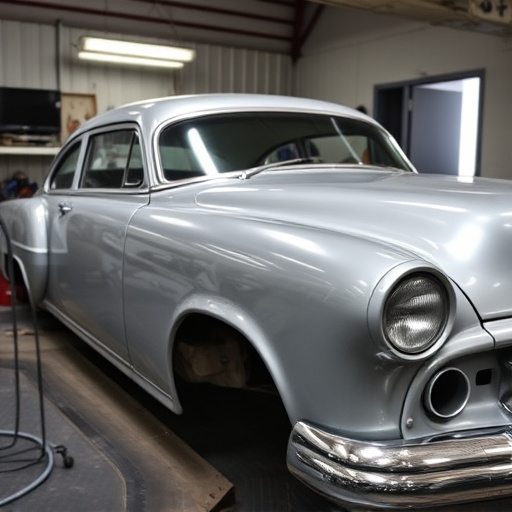
One of the most common mistakes individuals make when dealing with diminished value after a car repair, such as following a fender bender or dent removal process, is failing to thoroughly document the pre-repair condition of their vehicle. This oversight can prove detrimental during insurance claims or resale attempts, as it provides no tangible evidence of the car’s state prior to the incident.
Accurately recording and photographing any existing damage, including but not limited to dings, scratches, and paint imperfections, is essential. These records serve as a baseline for assessing any new damage that may have occurred during the repair process or as a result of the initial accident. In the event of controversy regarding the vehicle’s value, having detailed documentation can significantly strengthen an owner’s case and ensure they receive fair compensation, if applicable.
Incorrect Appraisal Methods Used

Using incorrect appraisal methods is a common pitfall when assessing diminished value after an automotive repair or restoration, such as dent removal. It’s crucial to understand that simply looking at the visual impact might not accurately reflect the loss in vehicle value. Traditional methods often fail to consider the advanced technology and intricate details modern cars possess, which can significantly influence their overall worth.
For instance, assessing a car solely based on the size or visibility of a dent might undervalue it. Today’s vehicles are designed with sophisticated systems, and a dent in a critical area could impact functionality or safety, affecting its market value much more than expected. Therefore, professionals must employ precise tools and knowledge to accurately determine the diminished value after automotive repair, ensuring fair compensation for vehicle owners.
Neglecting Detailed Repair Records

Many vehicle owners make the mistake of overlooking the importance of detailed repair records. Keeping comprehensive logs of all repairs, parts replaced, and maintenance performed is crucial when it comes to understanding a car’s history and its potential for diminished value after a collision or repair. These records serve as a valuable resource, especially if you ever need to prove the authenticity of a fix or negotiate compensation for reduced resale value.
Neglecting to document auto maintenance can lead to unforeseen issues later on, particularly when trying to ascertain whether certain repairs were necessary or if they could have been preventive measures to preserve the vehicle’s pre-incident condition. It’s essential to keep these records up-to-date and easily accessible, as they will play a significant role in safeguarding your investment and ensuring fair treatment during or after a car collision repair, especially when considering the impact on its overall value in the auto market, particularly in the context of an auto repair near me or a car collision repair service.
When dealing with diminished value after repair, common mistakes such as failing to document pre-repair condition, using incorrect appraisal methods, and neglecting detailed repair records can significantly impact a claim’s accuracy. To ensure fair compensation for diminished value, it’s crucial to maintain thorough records, employ reliable appraisal techniques, and capture the vehicle’s state before and after repairs. By avoiding these pitfalls, individuals can navigate the process more effectively and secure appropriate reimbursement for any loss in value incurred during the repair process.





